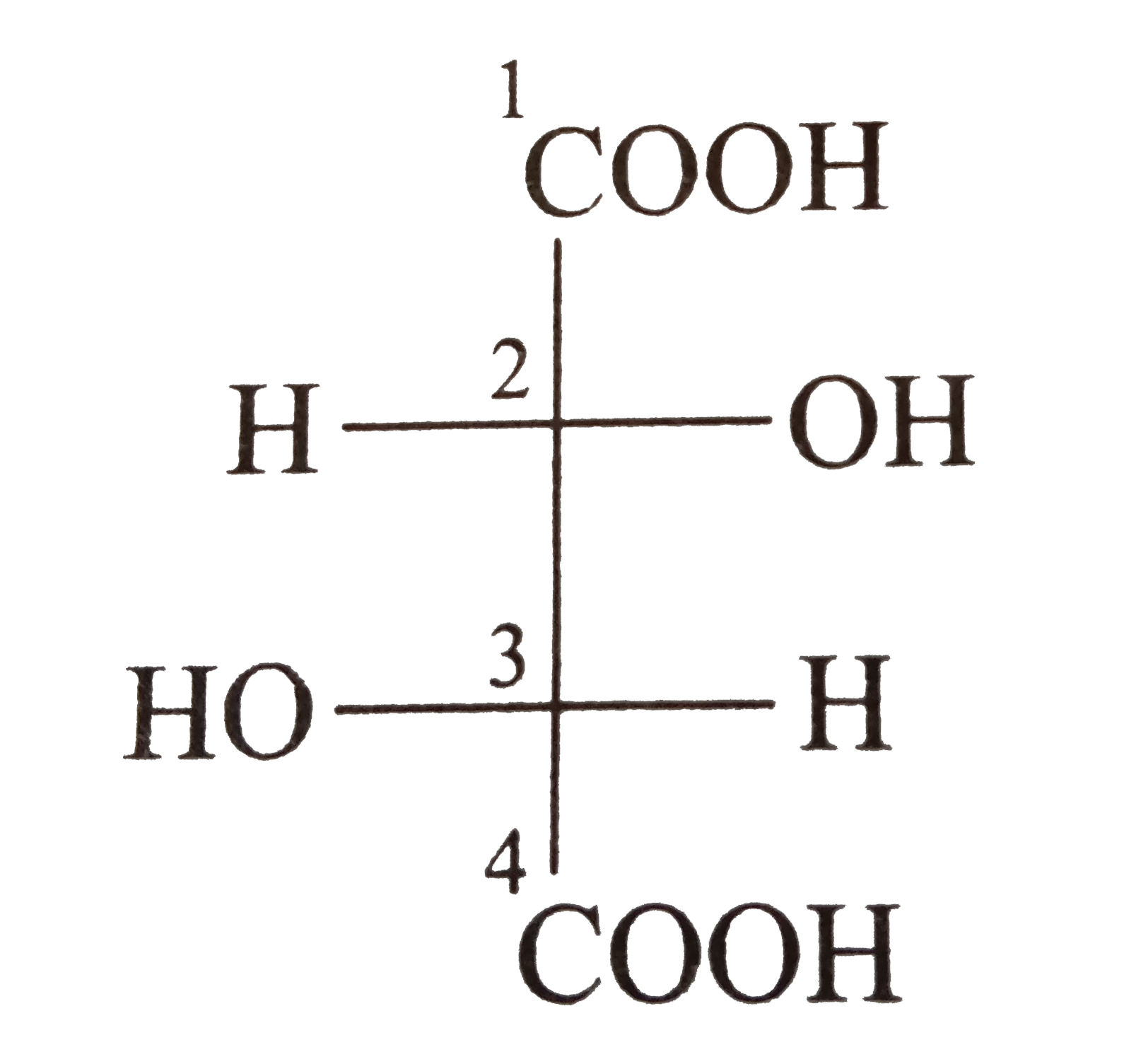................differ in configuration at the glycosidic carbon while ............differ in configuration at any other carbon of hte carbohydrate molecule.
To answer the question regarding the differences in configuration at specific carbons in carbohydrate molecules, we need to define two important terms: anomers and epimers.
1. Understanding Anomers:
- Anomers are a type of stereoisomer that differ in configuration at the anomeric carbon, which is the carbon atom that was the carbonyl carbon (C=O) in the open-chain form of the sugar. When the sugar cyclizes, this carbon becomes a new chiral center.
- For example, in glucose, the anomeric carbon is carbon 1 (C1). The two forms of glucose, α-D-glucose and β-D-glucose, differ in the configuration at this carbon.
2. Understanding Epimers:
- Epimers are also a type of stereoisomer, but they differ in configuration at any carbon other than the anomeric carbon. This means that epimers can be found at any of the other chiral centers in the molecule.
- For instance, D-glucose and D-mannose are epimers because they differ in configuration at carbon 2 (C2).
3. Conclusion:
- Therefore, the correct completion of the statement is: "Anomers differ in configuration at the glycosidic carbon while epimers differ in configuration at any other carbon of the carbohydrate molecule."
Final Answer:
Anomers differ in configuration at the glycosidic carbon while epimers differ in configuration at any other carbon of the carbohydrate molecule.
---
- Anomers are a type of stereoisomer that differ in configuration at the anomeric carbon, which is the carbon atom that was the carbonyl carbon (C=O) in the open-chain form of the sugar. When the sugar cyclizes, this carbon becomes a new chiral center.
- For example, in glucose, the anomeric carbon is carbon 1 (C1). The two forms of glucose, α-D-glucose and β-D-glucose, differ in the configuration at this carbon.
- Epimers are also a type of stereoisomer, but they differ in configuration at any carbon other than the anomeric carbon. This means that epimers can be found at any of the other chiral centers in the molecule.
- For instance, D-glucose and D-mannose are epimers because they differ in configuration at carbon 2 (C2).
- Therefore, the correct completion of the statement is: "Anomers differ in configuration at the glycosidic carbon while epimers differ in configuration at any other carbon of the carbohydrate molecule."
Anomers differ in configuration at the glycosidic carbon while epimers differ in configuration at any other carbon of the carbohydrate molecule.
Topper's Solved these Questions
- BOOK - PRADEEPCHAPTER - BIOMOLECULES EXERCISE - Conceptual Questions14videos
BIOMOLECULES
- BOOK - PRADEEPCHAPTER - BIOMOLECULES EXERCISE - NCERT (QUESTIONS AND EXERCISES) WITH ANSWERS (NCERT INTEXT UNSOLVED QUESTIONS)8videos
BIOMOLECULES
- BOOK - PRADEEPCHAPTER - BIOMOLECULES EXERCISE - TEST YOUR GRIP (Multiple Choice Questions)23videos
BIOMOLECULES
- BOOK - PRADEEPCHAPTER - APPENDIXEXERCISE - MODEL TEST PAPER <br> (Section C )15videos
APPENDIX
- BOOK - PRADEEPCHAPTER - CHEMICAL KINETICSEXERCISE - ADVANCED PROBLEMS FOR COMPETITIONS14videos
CHEMICAL KINETICS
Similar Questions
Knowledge Check
- Question 1 - Select One
In the compound

configurations at the chiral carbons areAR,RBS,SCS,RDR,S - Question 2 - Select One

(D) & (L) configuration of above carbohydrate is :AL,L,DBL,D,LCL,L,LDL,D,D - Question 3 - Select One
Carbohydrates which differ in configuration at the glycosidic carbon (i.e. C1 in aldose and C2 in ketoses) are called
AAnomersBEpimersCDiastereomersDEnantiomers
Carbohydrates which differ in configurartion at the glycosidic carbon(i.e.,C1 in aldose and C2 in ketoses) are called:
View SolutionA pair of diastereomers that differ only in the configuration about a single carbon atom are called
View SolutionA pair of diastereomers that differ only in the configuration about a single carbon atom are called:
View SolutionA pair of diastereomers that differ only in the configuration about a single carbon atom are called
View SolutionAnomers are those stereoisomers which differ in the configuration at
View Solution


